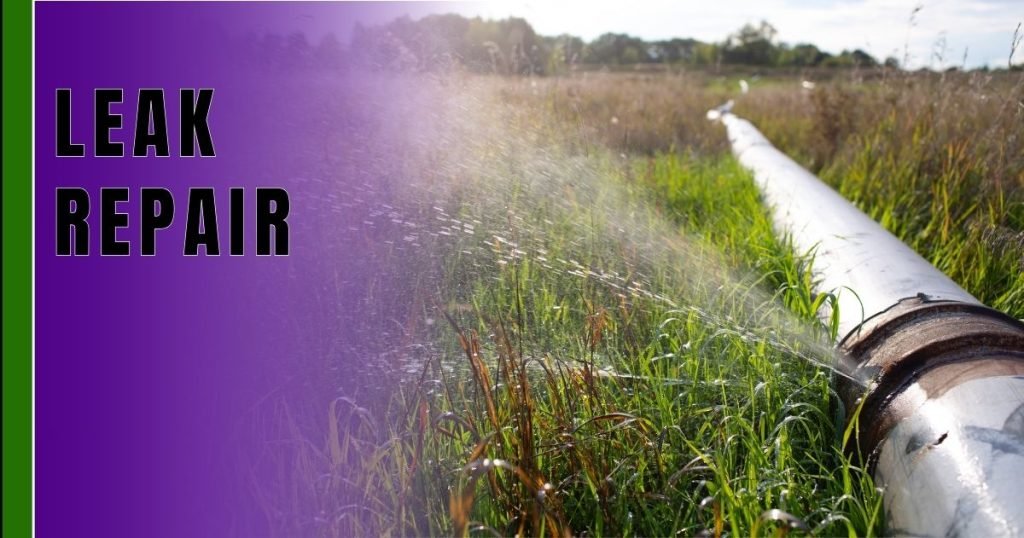
Leaky pipes can be a nightmare, causing damage to your home and draining your wallet. But fear not! With a bit of know-how and some elbow grease, you can tackle plumbing leaks like a pro. In this comprehensive guide, “5 Expert Techniques for Leak Detection and Repair,” we’ll walk you through five DIY methods for detecting and repairing plumbing leaks, saving you time, money, and stress.
- Guide Us
- Introduction
- Understanding Plumbing Leaks
- Visual Inspection
- Listening for Telltale Sounds
- Checking Water Meter
- Utilizing Food Coloring
- Pressure Testing
- Fixing Common Plumbing Leaks
- Conclusion
- Join Us
- FAQs
Guide Us
Are you tired of dealing with pesky plumbing leaks? Don’t worry; we’ve got your back! In this comprehensive guide, we’ll equip you with the knowledge and skills to tackle plumbing leaks like a pro. Say goodbye to soggy floors and hello to a dry, happy home!
Introduction
Plumbing leaks can sneak up on you when you least expect it, causing headaches and costly repairs. But fear not! In this guide, we’ll empower you with the knowledge and skills to detect and fix plumbing leaks like a seasoned pro. Say goodbye to soggy floors and sky-high water bills, and hello to a dry, happy home!
Understanding Plumbing Leaks
Before we dive into DIY solutions, let’s understand what causes plumbing leaks. Leaks can occur due to various reasons, including old age, corrosion, high water pressure, and poor installation. Identifying the source of the leak is crucial for effective repair.
Visual Inspection
Start by visually inspecting all exposed pipes, joints, and fixtures for signs of moisture or corrosion. Look for puddles, water stains, or rust, indicating a potential leak. Don’t forget to check under sinks, around toilets, and behind appliances.
Listening for Telltale Sounds
Sometimes, leaks aren’t visible but audible. Listen for hissing, dripping, or running water sounds, especially when no faucets are in use. These noises could indicate a hidden leak behind walls or under floors.
Checking Water Meter
To determine if you have a leak, turn off all water sources in your home and check the water meter. If the meter continues to tick, you likely have a leak somewhere in your plumbing system.
Utilizing Food Coloring
A simple yet effective method for detecting toilet leaks is to add a few drops of food coloring to the tank. Wait for a few minutes without flushing. If the water in the bowl changes color, you have a leaky flapper valve that needs replacing.
Pressure Testing
For hidden leaks, conduct a pressure test on your plumbing system. Close all faucets and valves, then attach a pressure gauge to a hose bib. If the pressure drops over time, you have a leak that needs attention.
Fixing Common Plumbing Leaks
Now that you’ve identified the leaks, it’s time to roll up your sleeves and get to work. Here are some common DIY fixes for plumbing leaks:
Repairing Leaky Faucets
Leaky faucets are often caused by worn-out washers or O-rings. Turn off the water supply, disassemble the faucet, and replace any damaged components. It’s a simple fix that can save gallons of water.
Patching Leaky Pipes
Small leaks in pipes can be patched using epoxy putty or pipe repair tape. Clean the area around the leak, apply the patching material according to the manufacturer’s instructions, and allow it to cure.
Sealing Leaky Joints
Leaky joints can be sealed using plumber’s tape or joint compound. Apply the tape or compound to the threads of the joint, ensuring a tight seal to prevent future leaks.
Replacing Faulty Washers and O-rings
If your plumbing fixtures are leaking, chances are the washers or O-rings are worn out. Turn off the water supply, disassemble the fixture, and replace the faulty components with new ones.
Conclusion
By mastering these five DIY plumbing leak detection and repair methods, you can become your home’s plumbing hero. Remember to stay vigilant, act quickly, and don’t be afraid to tackle leaks head-on. With a bit of effort and know-how, you can keep your home dry and your wallet happy.
Join Us
Ready to take control of your plumbing? Join our community of DIY enthusiasts and share your experiences, tips, and tricks for tackling plumbing leaks like a pro. Together, we can keep homes dry and wallets happy!
FAQs
Look for signs such as water stains, mold growth, unexplained water bills, or the sound of running water when no fixtures are in use.
Yes, many plumbing leaks can be fixed with simple DIY methods, saving you time and money.
Act quickly to minimize damage. Turn off the water supply, identify the source of the leak, and proceed with appropriate repairs.
Regular maintenance, proper installation, and timely repairs can help prevent plumbing leaks. Insulating pipes in cold areas can also prevent freezing and bursting.
If you’re unsure about how to fix a leak or if the leak is severe, it’s best to call a professional plumber to avoid further damage.
